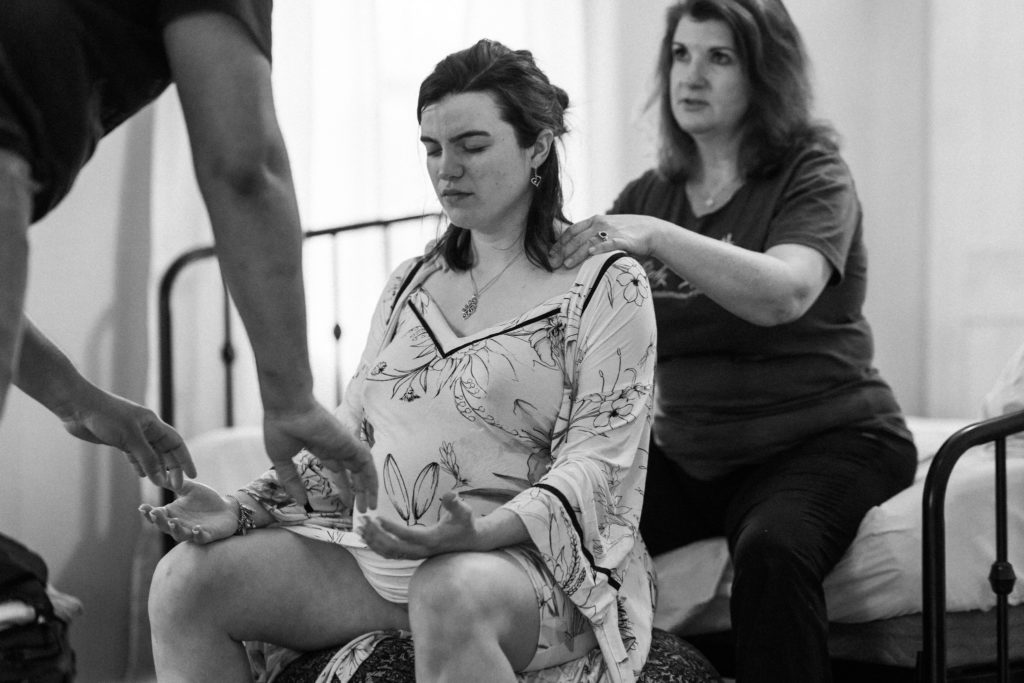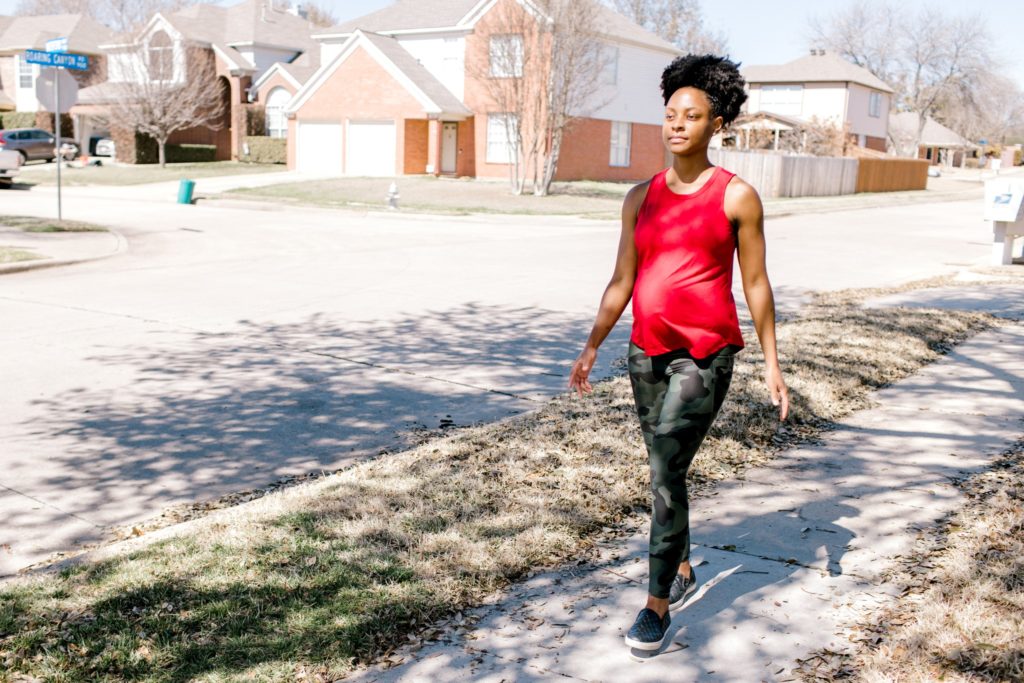When you hear people talk about baby’s position, usually you think about either head down, transverse or breech. But there are actually many different positions they can be in, even when they are head down! Did you know that the position of the baby’s head in the birth canal can really affect the way a mama labors?
The front of a baby’s head is referred to as anterior and the back is posterior. The most common position is left occiput anterior (LOA) followed by right occiput anterior (ROA). If a baby is not in optimal positioning, it can lead to a lot of discomfort and even slow down labor.
Check out Spinning Babies for more exercises and information on the ones mentioned below.
Exercises for Optimal Fetal Positioning
Helping get baby into optimal position during labor can be done with different exercises! Here are some of my favorites to try:
Side Lying Release: This is a static stretch that helps enlarge and soften the pelvis. It helps make room for the baby to turn in a better position and can be done throughout labor

Forward-leaning Inversion: it helps create room in the lower uterus which the baby can then use to get into a more ideal position for birth. This MUST be done with assistance!

Abdominal Lift and Tuck: this is super effective to engage the baby in the pelvis. They’re done during a contraction, and can even help with back labor.

Birth Ball: No only are these great during pregnancy, but during labor it can help open the pelvis, and circular motions can help get the baby’s head on the cervix.

Pelvic Tilt: this is a great way to relax the lower back and to keep pelvic joints loose. If baby is trying to rotate to an anterior position, this can help move them to a good spot in the birth canal.

Walking: while you should be doing this all throughout your pregnancy (check out my most recent blog post for more info about that), during early labor it can help contractions continue to come, and the side to side motion can help get the baby’s head further down in the pelvis.

This is not medical advice. Please consult your doctor/midwife before performing any of these exercises.
leave a comment